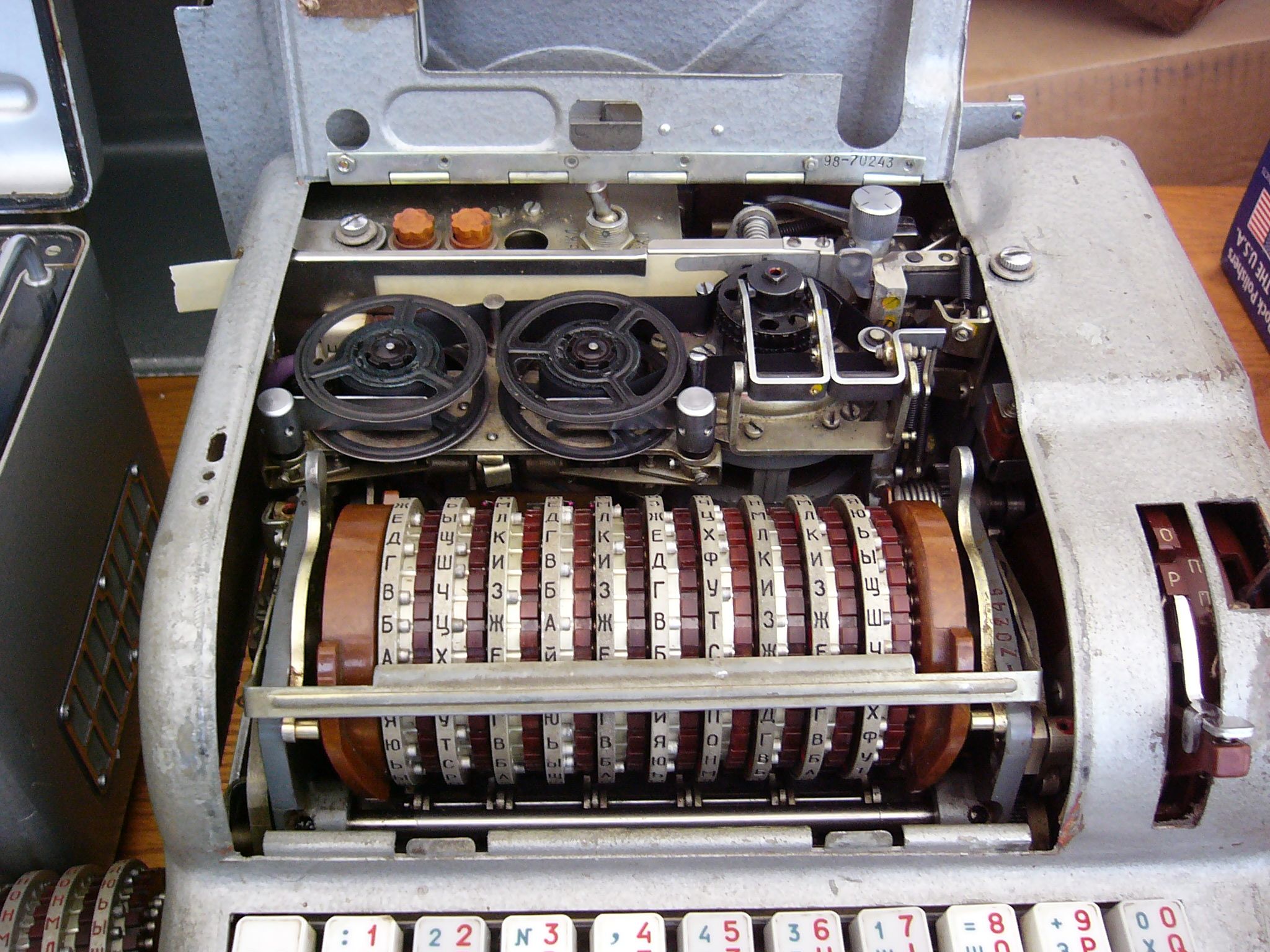
Like the Enigma, it was an electromechanical wheel-based cipher machine.

The Fialka’s encryption methods were advanced, but the basic technology was old. The model is among the first of the machines ever to be shown anywhere. But the average American can finally see one in person: A specimen went on display this year at the new KGB Espionage Museum in New York City. To this day, gathering details on the device remains a challenge. Russia did not declassify information about the machine until 2005. Yet the Fialka’s existence remained a well-kept secret. By the 1970s, Fialka encryption machines had been widely adopted by Warsaw Pact and other communist nations, and they remained in use until the early 1990s.

The Soviet Union needed a technological wonder.Įnter the Fialka-Russian for “violet.” Created at the end of World War II and introduced in 1956, the Fialka replaced the Albatross, a Soviet cipher machine that was itself more complex than the Enigma. And not only would any new communications system have to be unbreakable, but it would also have to work across languages as diverse as Polish, Hungarian, German, Romanian, Spanish, and, of course, Russian. This was a daunting task: The previous pinnacle in cryptography, the German Enigma machine, had been cracked. In the early days of the Cold War, the Soviet Union needed a foolproof way to encrypt the messages it sent to its allies.

Rather than acknowledge history and face the future, the Russian government keeps celebrating a past in which the people were suppressed, secrecy was championed, and fear nurtured.


 0 kommentar(er)
0 kommentar(er)
